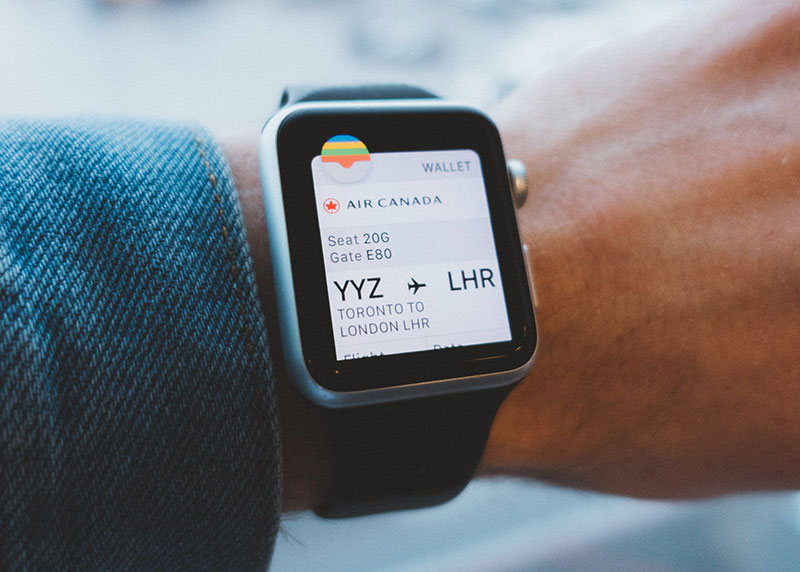Wearables represent a new horizon for the IoT. These devices not only keep us fit by tracking our activity levels and nutrient intake, they also monitor our sleep and track our every step through GPS. This means huge amounts of data are being collected and shared via wearables. An IBM research revealed that “The average person is likely to generate more than 1 million gigabytes of health-related data in their lifetime.”
Read more How Secured is Blockchain for Healthcare Data Security?
Healthcare professionals are excited about wearable devices because medical research can now be conducted through crowdfunding. Apple’s ResearchKit open-source framework, for instance, allows organizations to develop apps that work with the iPhone and Apple Watch. Apple Watch users can send their health data to various apps such as SleepHealth and EpiWatch.
In personal medicine, wearable sensors can collect customized data about a person’s routine, habits, heart rate, diet, exercise levels, and many more variables, “which in turn helps healthcare professionals move away from speculative prescriptions and towards medication tailored for better outcomes,” reports tdwi. Furthermore, the same data could be used in preventive medicine, to predict diseases much earlier than before.

However, it is becoming difficult to connect these constantly growing pools of data with more traditional sources such as manually created medical records and clinical research. Experts believe a secure global information platform is needed to help people and providers to make evidence-based decisions about health-related issues.
“All this data can be overwhelming for providers and patients alike, but it also presents an unprecedented opportunity to transform the ways in which we manage our health,” says John E. Kelly III, IBM senior vice president, solutions portfolio and research. “We need better ways to tap into and analyze all of this information in real-time to benefit patients and to improve wellness globally.”
Read more COVID-19 Contact Tracing Apps In Bahrain, Kuwait and Norway Among Most Dangerous for Privacy
While wearables may help improve lives, it also has drawbacks such as misuse by cybercriminals, unethical organizations, and even dictatorial regimes. Wearable technology is here to stay. In the future, wearable sensors will become more sophisticated so as to provide reliable health data while keeping privacy at the same time.












